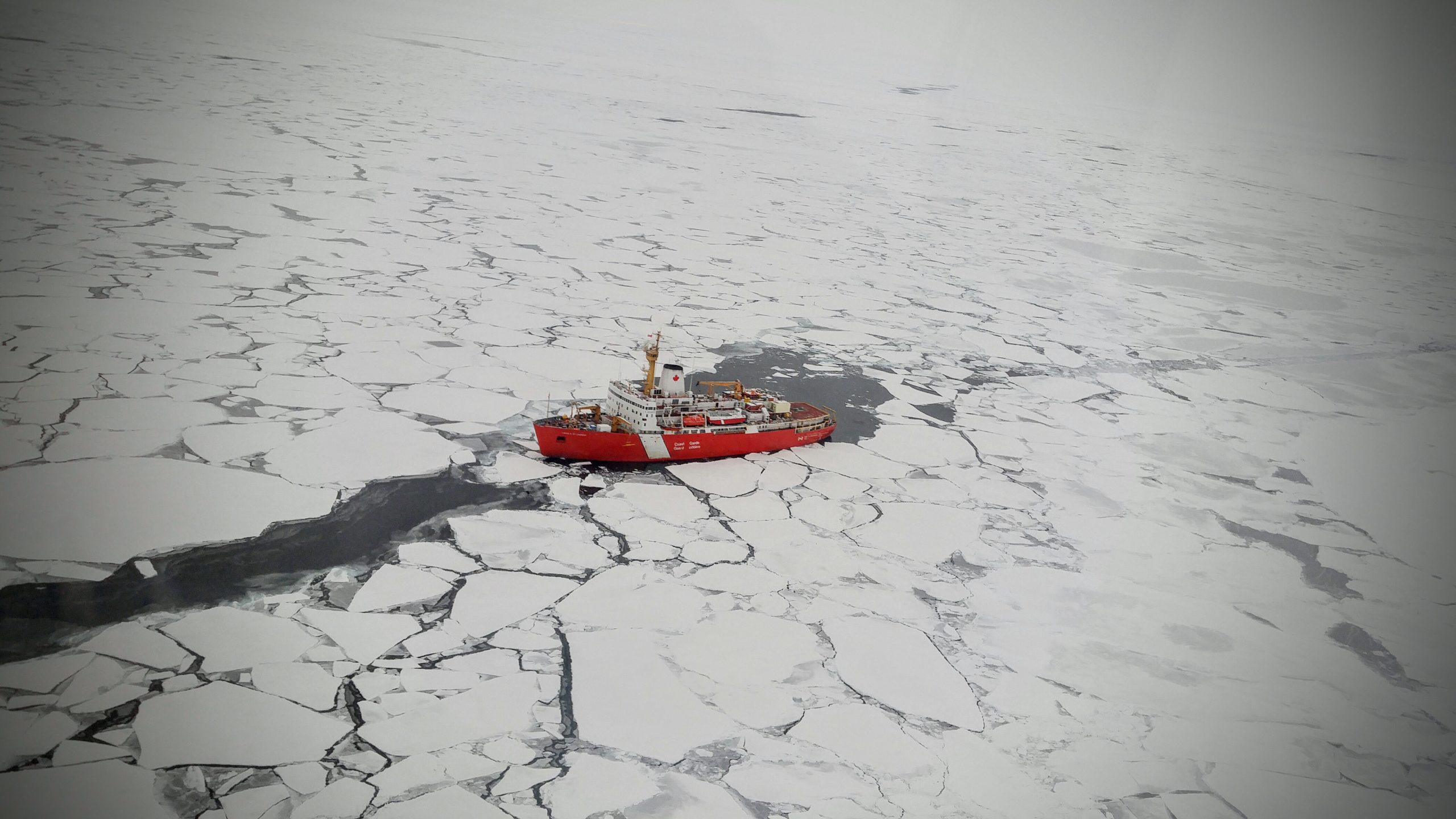Canada promises two Arctic icebreakers as part of pre-election job boost
At least one ship would be ready by 2030, Liberal Party officials said.

OTTAWA — The Canadian government on Thursday promised to build two Arctic icebreakers and create hundreds of jobs in two politically influential provinces that will help decide an election considered likely this year.
The ruling Liberals, citing the need to boost Canada’s Arctic footprint as global warming opens up the region, said at least one ship would be ready by 2030, by which time the existing heavy polar icebreaker Louis S. St. Laurent would be more than 60 years old.
“As northern waterways become more accessible, some countries are trying to encroach on our sovereignty by signaling their economic interest in a region that is rich in untapped natural resources,” Environment Minister Jonathan Wilkinson told a briefing.
Ottawa says each ship will generate 300 jobs and create 2,500 other positions in various supply chains. One vessel will be built in Quebec and the other in British Columbia.
The two provinces together account for 120 of the 338 seats in the House of Commons and are crucial to the fortunes of Prime Minister Justin Trudeau, who aides say is likely to call an election by the end of 2021.
Yves-Francois Blanchet, leader of the opposition Bloc Quebecois, dismissed the announcement as electoral politics. House leader Pablo Rodriguez, the Liberals’ senior Quebec minister, said the party was not focused on a vote.
“Let Mr. Blanchet talk about politics and elections and we will concentrate on what’s important,” he told the briefing.
The ice breaker project has suffered many delays since the previous Conservative government unveiled it in 2008.
Officials declined to give pricing details but said the cost of each ship would exceed the most recent estimate of C$1.3 billion ($1.1 billion), which was made in 2012.